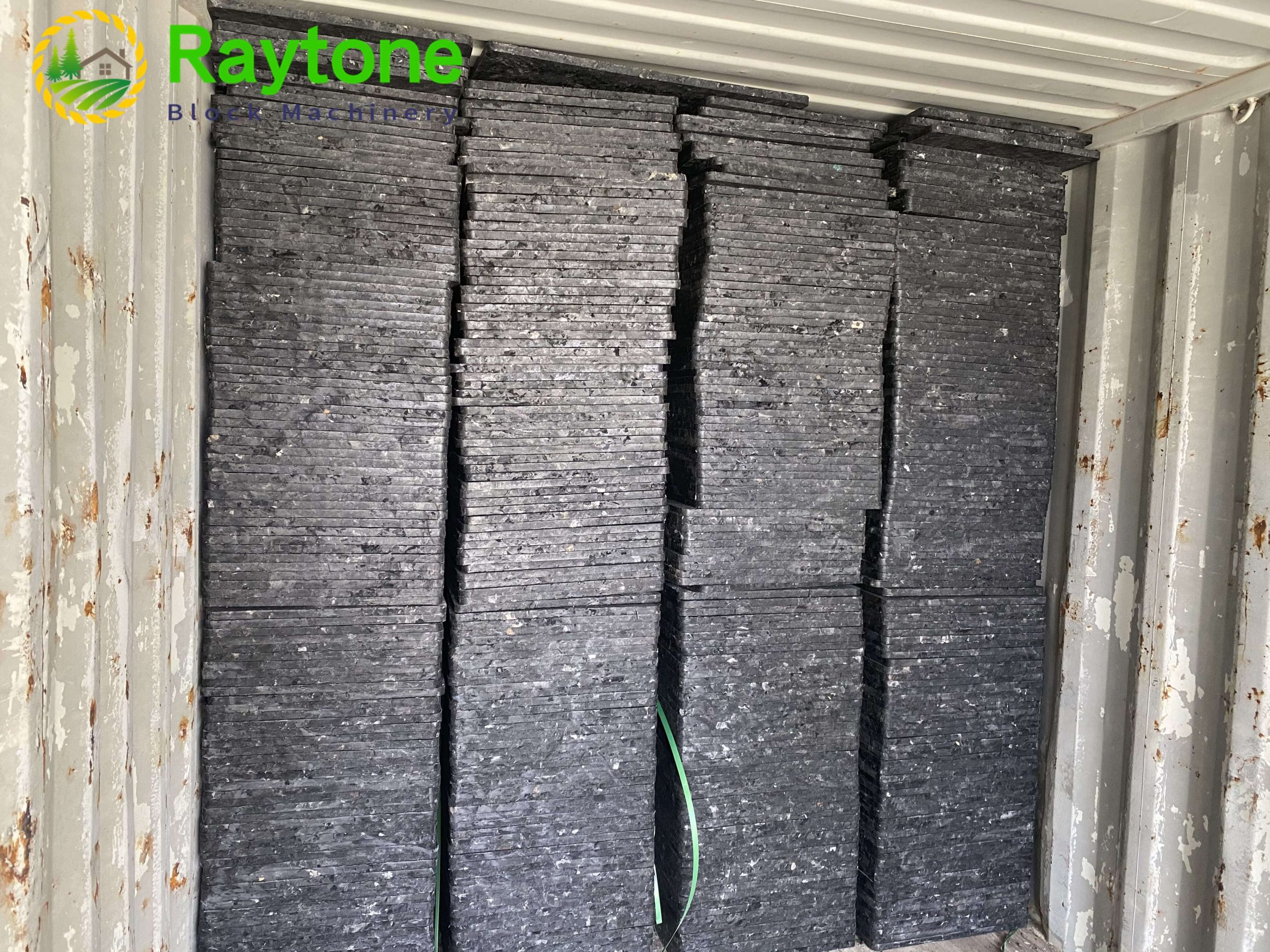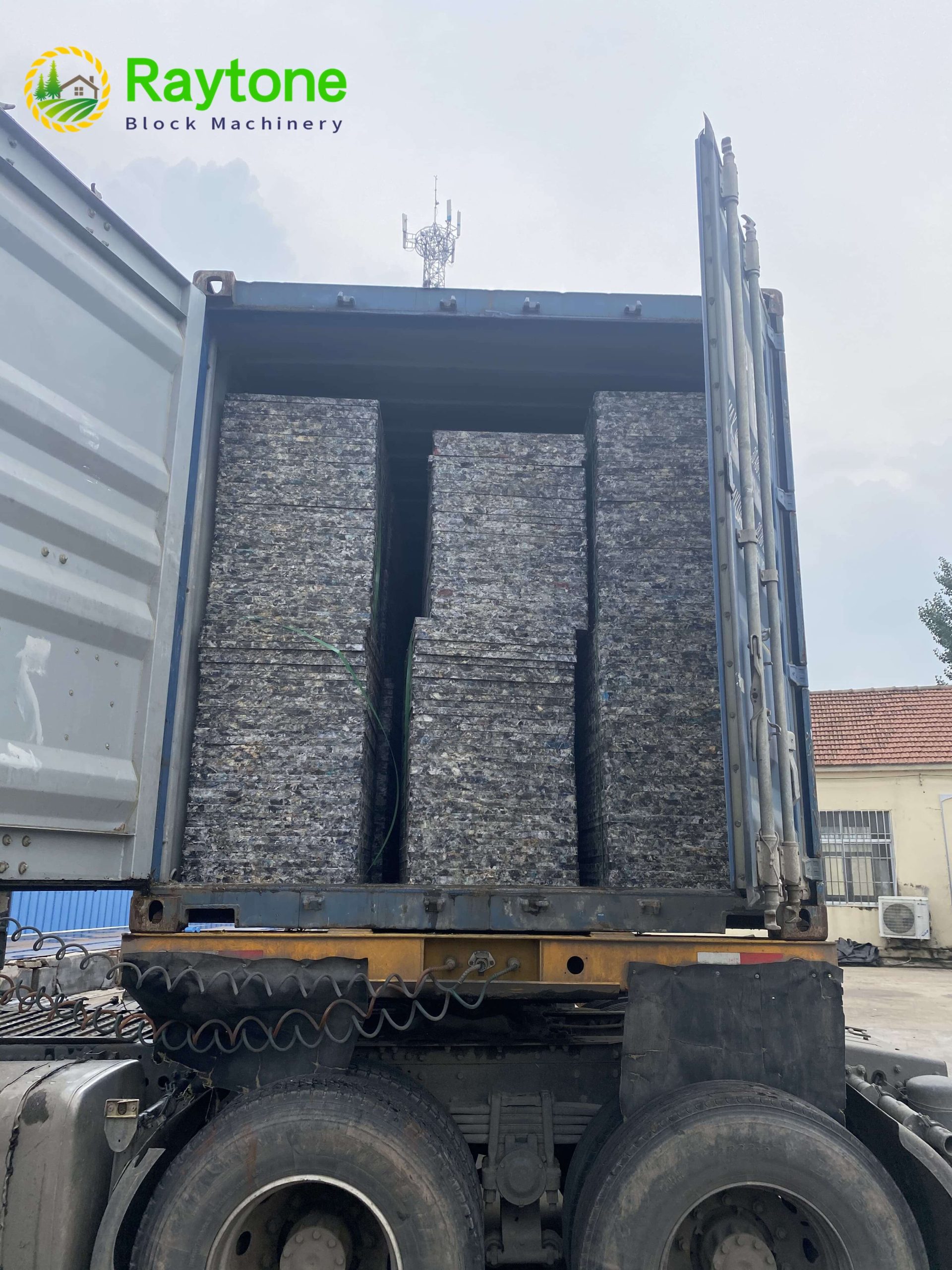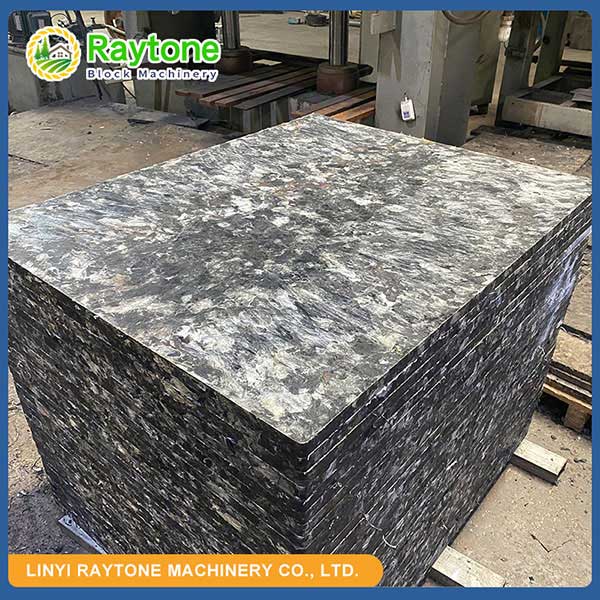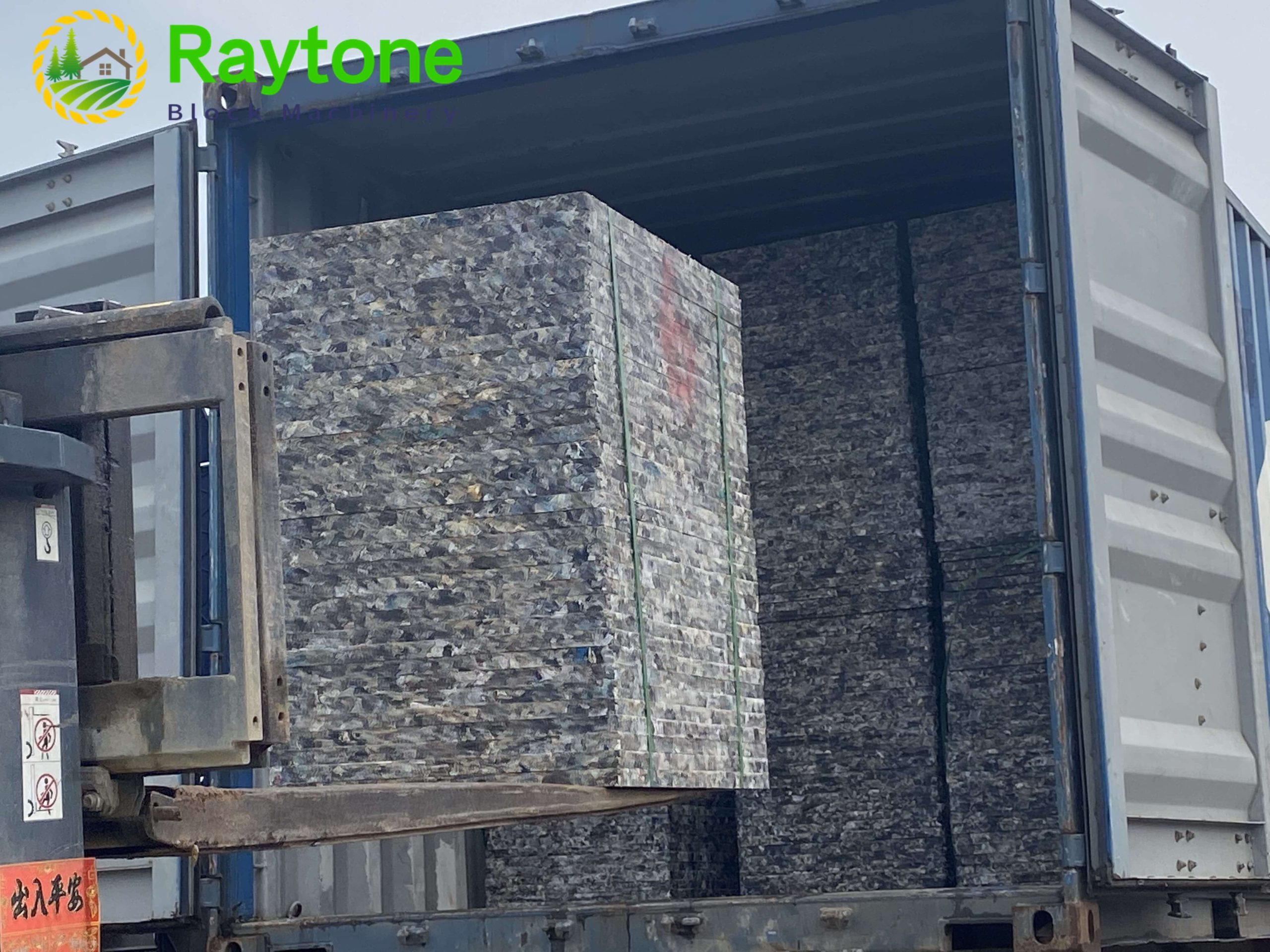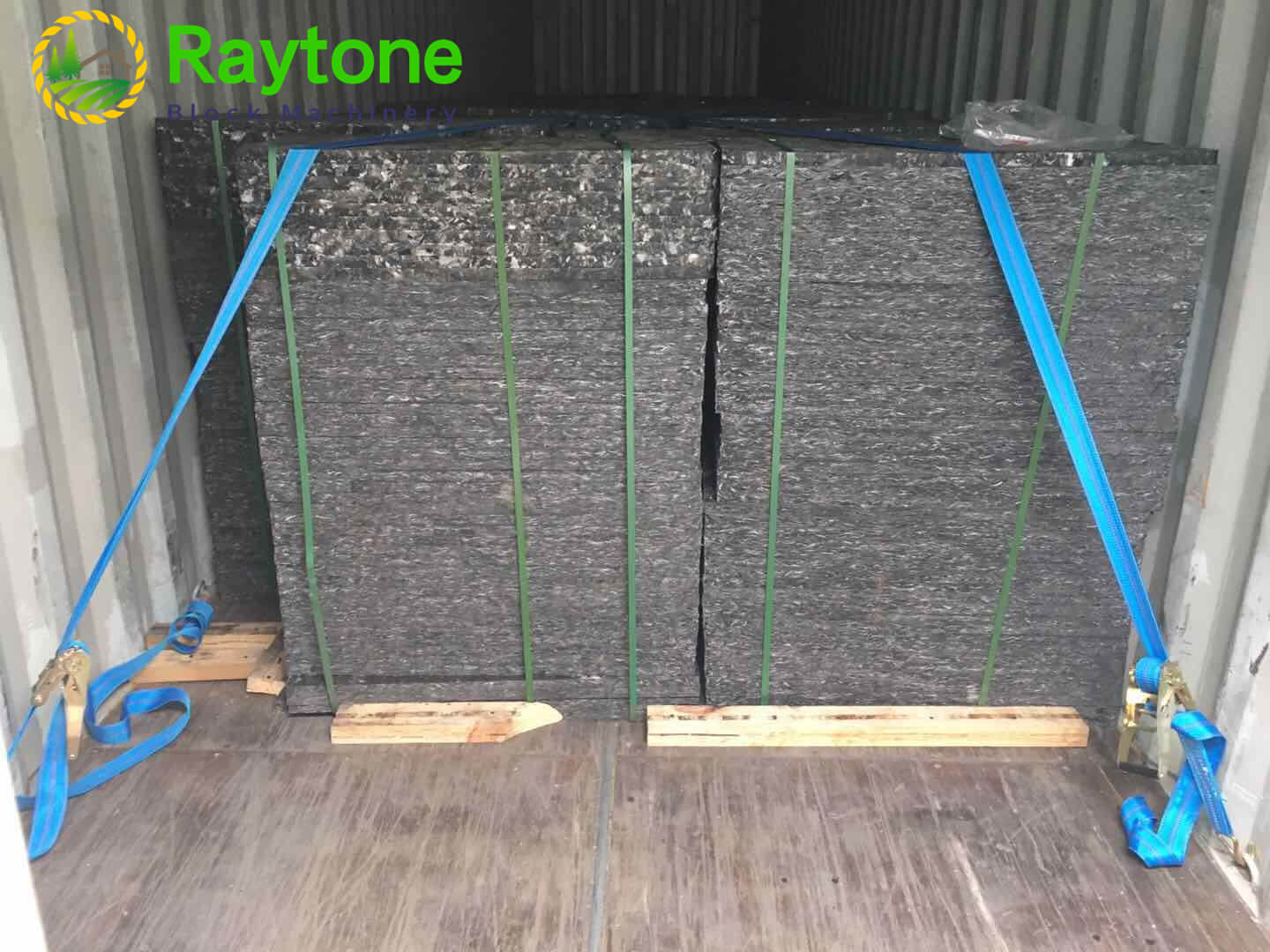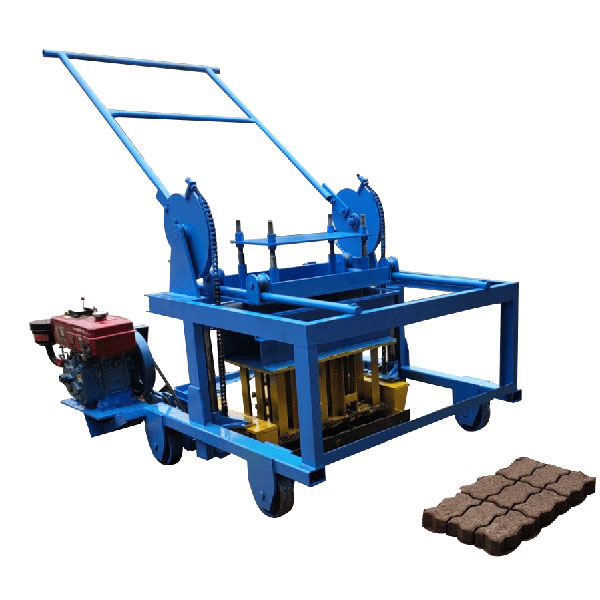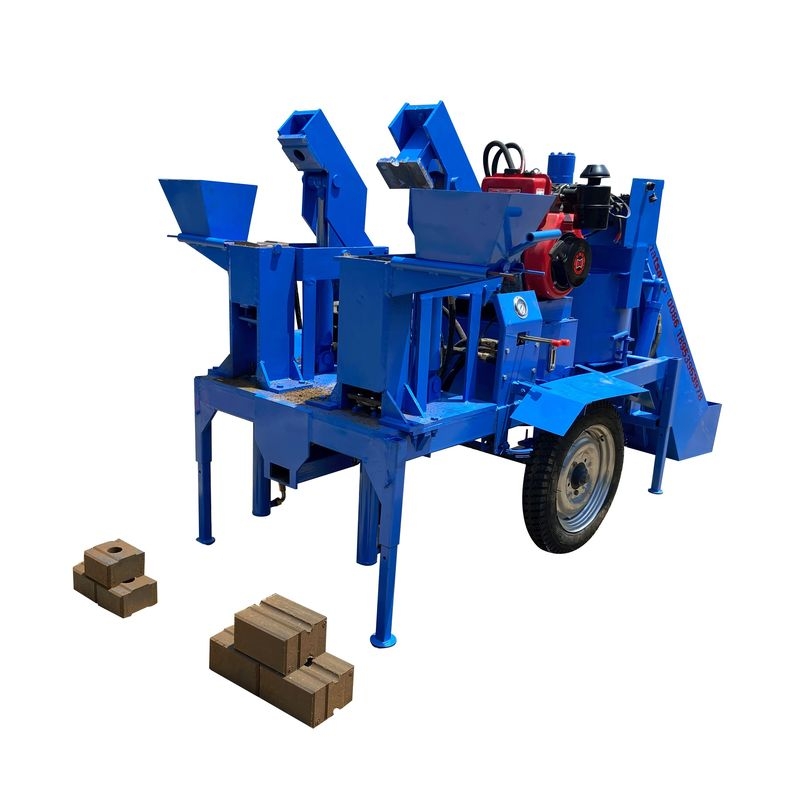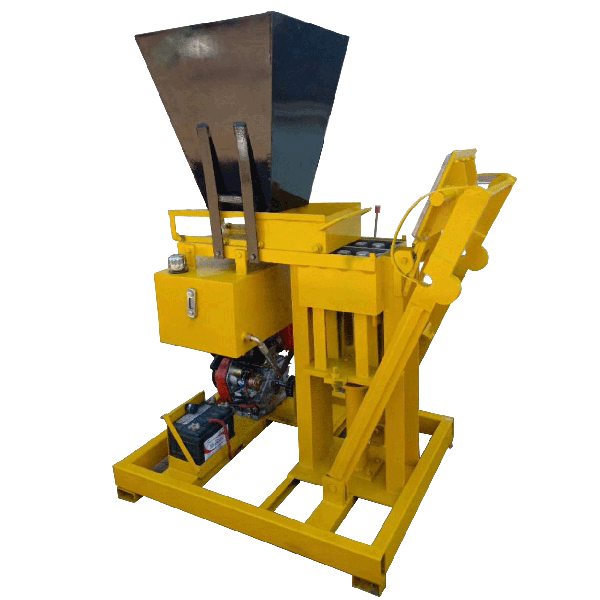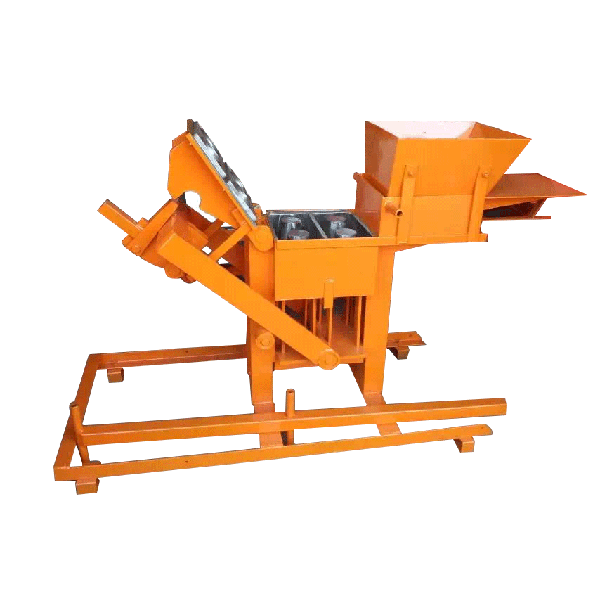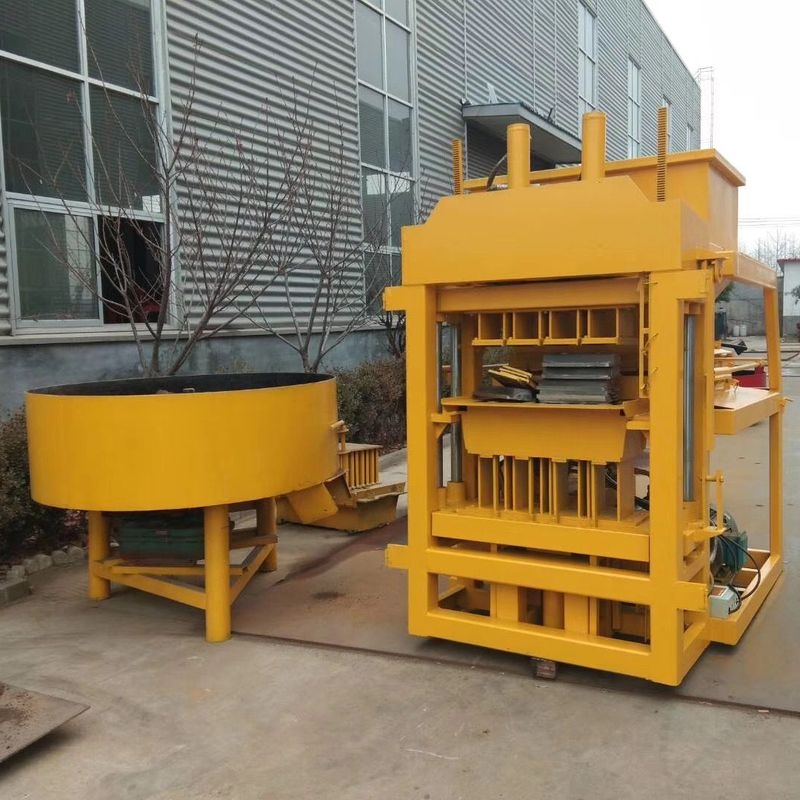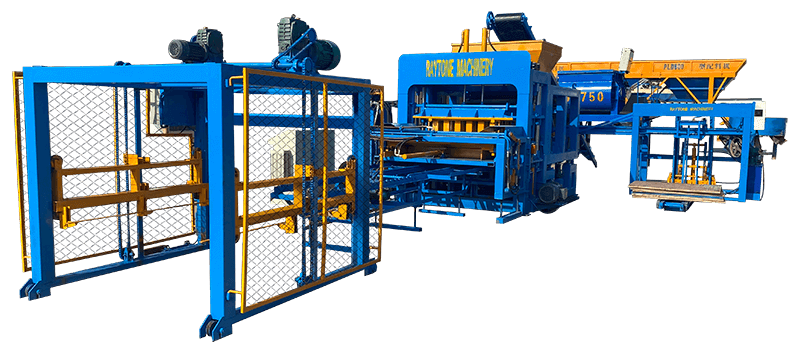Manual clay brick making machines offer numerous advantages for construction projects and small-scale brick production. These versatile devices provide cost-effective solutions, environmental benefits, and flexibility in brick manufacturing. In this article, we’ll explore the seven powerful benefits of using manual clay brick making machines, including their ability to produce high-quality bricks, reduce energy consumption, and support sustainable construction practices. We’ll also discuss how these machines can improve efficiency, lower production costs, and offer customization options for various brick types. Whether you’re a small business owner or a DIY enthusiast, understanding the advantages of manual clay brick making machines can help you make informed decisions about your brick production needs.
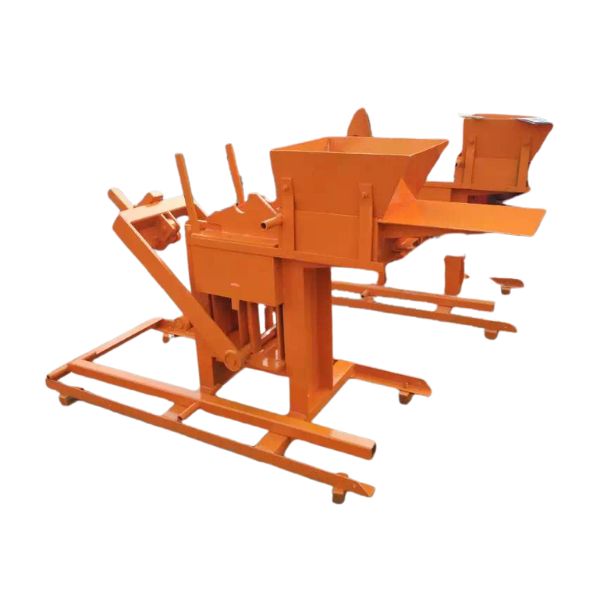
Efficiency and Cost-Effectiveness
Streamlined Production Process
Manual clay brick making machines streamline the brick production process, allowing for efficient and consistent output. These machines are designed to compress clay or other raw materials into uniform brick shapes, eliminating the need for time-consuming manual molding. By using a lever or hydraulic mechanism, operators can quickly produce bricks with minimal effort, significantly increasing productivity compared to traditional hand-molding methods.
Reduced Labor Costs
One of the primary advantages of manual clay brick making machines is their ability to reduce labor costs. While these machines still require human operation, they significantly decrease the number of workers needed for brick production. A single operator can produce hundreds of bricks per day, whereas traditional methods might require multiple workers to achieve the same output. This reduction in labor requirements translates to substantial cost savings for brick manufacturers, especially small-scale operations or construction projects with limited budgets.
Low Initial Investment
Manual clay brick making machines offer an attractive low initial investment option for those looking to start a brick production business or supplement existing construction operations. Compared to fully automated brick making systems, manual machines are considerably more affordable, making them accessible to a wider range of entrepreneurs and small businesses. This low barrier to entry allows for quicker returns on investment and provides an opportunity for gradual expansion as production demands increase.
Versatility and Customization
Adaptability to Various Raw Materials
Manual clay brick making machines demonstrate remarkable versatility in their ability to work with a wide range of raw materials. While clay is the most common material used, these machines can also process other substances such as cement, fly ash, and even recycled materials. This adaptability allows manufacturers to experiment with different mixtures and create bricks tailored to specific project requirements or local resource availability. The flexibility in raw material usage also contributes to more sustainable construction practices by enabling the use of locally sourced or recycled materials.
Customizable Brick Sizes and Shapes
Another significant advantage of manual clay brick making machines is their capacity for customization. Many models come with interchangeable molds, allowing operators to produce bricks in various sizes and shapes. This feature is particularly valuable for projects requiring unique architectural elements or specialized bricks for specific applications. The ability to create custom bricks on-site can save time and money by reducing the need for special orders from large-scale manufacturers or the transportation of non-standard bricks from distant suppliers.
Compatibility with Different Production Scales
Manual clay brick making machines are well-suited for a range of production scales, from small DIY projects to medium-sized commercial operations. Their compact design and straightforward operation make them ideal for on-site brick production during construction projects, eliminating the need for brick transportation and storage. Additionally, these machines can be easily scaled up by adding multiple units or upgrading to higher-capacity models as production demands increase. This scalability provides businesses with the flexibility to grow their operations gradually without the need for significant upfront investments in large-scale automated systems.
Environmental and Quality Benefits
Reduced Energy Consumption
Manual clay brick making machines offer significant environmental benefits, primarily through their reduced energy consumption. Unlike automated brick production lines that rely heavily on electricity or fuel, manual machines operate with minimal power requirements. This lower energy demand not only reduces the carbon footprint of brick production but also makes these machines suitable for use in areas with limited access to reliable power sources. The energy efficiency of manual clay brick making machines aligns well with growing global efforts to minimize industrial energy consumption and promote sustainable manufacturing practices.
Improved Brick Quality and Consistency
Despite their manual operation, these machines produce bricks of remarkably high quality and consistency. The compression mechanism ensures that each brick is formed with uniform density and shape, resulting in products that meet or exceed industry standards for strength and durability. The controlled pressure applied during the brick-making process helps to minimize air pockets and inconsistencies that can occur with hand-molded bricks. This improved quality translates to better performance in construction, with bricks that are less prone to cracking, chipping, or uneven weathering over time.
Sustainable Construction Practices
Manual clay brick making machines contribute to sustainable construction practices in several ways. Their ability to use locally sourced materials reduces transportation-related emissions and supports local economies. The option to incorporate recycled materials into brick production further enhances sustainability by diverting waste from landfills. Additionally, the durability and longevity of machine-made bricks contribute to the overall sustainability of buildings, as they require less frequent replacement and maintenance compared to lower-quality alternatives. By facilitating the production of eco-friendly building materials, these machines play a crucial role in promoting greener construction methods and reducing the environmental impact of the building industry.
Conclusion
Manual clay brick making machines offer a compelling array of benefits for construction projects and small-scale brick production. From their cost-effectiveness and versatility to their environmental advantages and ability to produce high-quality bricks, these machines provide valuable solutions for various applications. By embracing the efficiency, customization options, and sustainability features of manual clay brick making machines, businesses and individuals can enhance their brick production capabilities while contributing to more environmentally friendly construction practices.
Contact Us
At Raytone Machinery, we are committed to providing top-quality manual clay brick making machines that offer all these benefits and more. Our range of block-making solutions, including manual, semi-automatic, and fully automatic options, is designed to meet diverse production needs while ensuring excellent value for our customers. Experience the power of efficient, versatile, and sustainable brick production with Raytone Machinery. For more information about our products and how they can benefit your projects, please contact us at hazel@raytonechina.com.
References
- Smith, J. (2022). Sustainable Construction Materials: Innovations and Applications. Building Technology Press.
- Johnson, A. et al. (2021). Energy Efficiency in Small-Scale Brick Production. Journal of Sustainable Manufacturing, 15(3), 245-260.
- Brown, R. (2023). Comparative Analysis of Manual and Automated Brick Making Processes. Construction Materials Today, 8(2), 112-128.
- Garcia, M. & Lee, S. (2022). Customization in Modern Construction: The Role of Flexible Manufacturing. Architectural Engineering Quarterly, 37(4), 301-315.
- Thompson, K. (2021). The Economics of Small-Scale Brick Production in Developing Regions. International Journal of Construction Economics, 19(1), 78-93.
- Wilson, P. et al. (2023). Environmental Impact Assessment of Clay Brick Production Methods. Sustainable Building Materials Review, 12(2), 189-204.


